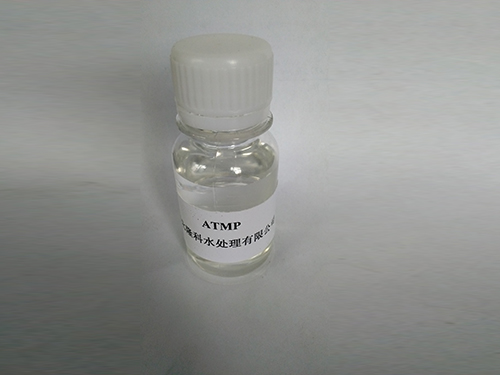Exploring the Potential of ATMP Phosphonate in Chemical Applications and Industrial Uses
Exploring ATMP Phosphonates Applications, Properties, and Environmental Considerations
ATMP phosphonates, or Amino Tri(methylene phosphonic acid) derivatives, have gained significant attention in various industries due to their unique chemical properties and versatile applications. This article aims to delve into the characteristics, uses, and environmental implications of ATMP phosphonates, highlighting their relevance to modern technology and sustainability efforts.
Chemical Properties of ATMP Phosphonates
ATMP phosphonates are organophosphorus compounds characterized by the presence of multiple phosphonate groups. These compounds are typically colorless liquids or white crystalline solids that are soluble in water, making them highly effective in various aqueous applications. One of the key features of ATMP phosphonates is their ability to chelate metal ions, which enables them to interact with various minerals and prevent scaling and corrosion in industrial processes.
The molecular structure of ATMP phosphonates contributes to their efficacy as scale inhibitors, dispersants, and corrosion inhibitors. The presence of both amino and phosphonic acid functionalities allows for strong interactions with metal ions, resulting in a stable solution. This property is particularly valuable in industries that rely on water systems, such as oil and gas, cooling water systems, and pulp and paper production.
Applications of ATMP Phosphonates
ATMP phosphonates are employed in a wide range of applications across multiple industries. Some of the most notable uses include
1. Water Treatment ATMP phosphonates are widely used in water treatment formulations. Their ability to inhibit scale formation and disperse particulate matter helps maintain the efficiency of cooling towers, boilers, and other water systems. By preventing fouling and scaling, ATMP phosphonates contribute to extended equipment lifespan and reduced maintenance costs.
atmp phosphonate

2. Oil and Gas Industry In the oil and gas sector, ATMP phosphonates are used to combat corrosion and scale deposition in pipelines and extraction equipment. Their effective chelating abilities help to manage mineral deposits that can lead to costly downtime and system failures.
3. Detergents and Cleaning Products Due to their dispersing properties, ATMP phosphonates are often incorporated into detergents and cleaning agents. They enhance the performance of these products by preventing the formation of insoluble deposits, improving cleaning efficiency.
4. Agriculture The agricultural sector utilizes ATMP phosphonates as additives in fertilizers and crop protection products. Their ability to enhance the solubility of nutrients helps improve nutrient uptake in crops, leading to better agricultural yields.
Environmental Considerations
While ATMP phosphonates have proven to be highly effective in various applications, environmental considerations are paramount. The persistence of phosphonates in aquatic environments has raised concerns regarding their potential ecological impacts. Research indicates that phosphonates can contribute to eutrophication, which can lead to harmful algal blooms and adverse effects on aquatic ecosystems.
To mitigate these environmental risks, regulatory frameworks are being established to ensure the responsible use of phosphonates in industrial applications. Companies are encouraged to adopt greener alternatives when feasible and to implement effective wastewater treatment strategies that can remove phosphonates before discharge into natural water bodies.
Conclusion
ATMP phosphonates represent a crucial component in many industrial processes, offering significant benefits in terms of scale inhibition, corrosion prevention, and efficiency enhancement. Their chemical properties and diverse applications underscore their importance in modern technology. However, as industries continue to leverage the advantages of these compounds, it is equally important to remain vigilant about their environmental impact. Striking a balance between industrial efficacy and ecological responsibility will be vital as we move forward in a more sustainable direction. Through responsible usage and ongoing innovation, ATMP phosphonates can continue to play a significant role in various sectors while minimizing their environmental footprint.
-
Understanding Polycarboxylic Acids: Properties, Applications, and Future PotentialNewsJul.28,2025
-
Scale Inhibitor Explained: How to Protect Your System from Limescale and Hard Water DamageNewsJul.28,2025
-
Scale and Corrosion Inhibitors: Essential Chemicals for Industrial Water System ProtectionNewsJul.28,2025
-
Polyaspartic Acid: A Biodegradable Polymer for Sustainable ChemistryNewsJul.28,2025
-
Isothiazolinones: A Versatile Antimicrobial Class with Industrial Power and Regulatory ChallengesNewsJul.28,2025
-
A Deep Dive into 2-Phosphonobutane-1,2,4-Tricarboxylic Acid (PBTC)NewsJul.28,2025





